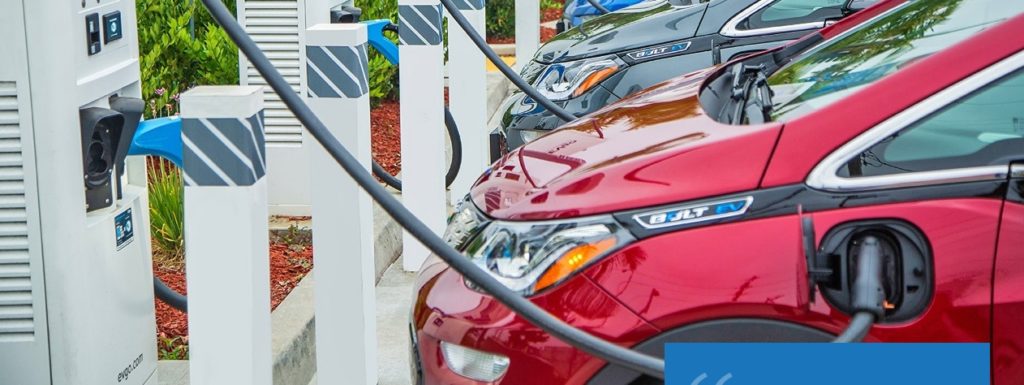California and the Section-177 U.S. states, along with the EU and China, remain committed to more stringent emission legislation, with the potential to increase penetration of electrified propulsion. (GM)
The industry will need to adapt to new levels of product investment and risk reduction
Entering a post-COVID phase may seem easy compared to the required actions and commitments the industry faced just a couple of months ago. Collectively, the ecosystem of OEMs, suppliers, dealers and even consumers adjusted well to an incredibly stressful period. With production restarted we turn to the road ahead. From a strategic perspective, understanding what has changed and what is constant is critical. All players undoubtedly will have to re-examine the situation.
Recently, IHS Markit and the Center for Automotive Research (CAR) completed a joint whitepaper focused on the Supplier Strategy Reset. This review is driven by significant shifts in available capital, new forecasts for the vehicle sales trajectory, ongoing legislative and regulatory initiatives, and expected market-condition changes.
Cadence and R&D budgets
OEMs will continue to adjust future production plans given reduced sales/production volumes, capital budgets and the emerging realities of global trade. Two major shifts are apparent. Firstly, when COVID hit virtually every OEM needed to cease or revise their product-launch plans within the near-term (12-month) window. Most new-vehicle launches were delayed by two to three months, with OEMs and suppliers already committed. Production tooling and facilities were ready. Final component approval was underway.
Making these assets productive and adding to the bottom line is key. Longer-term, OEMs have more latitude to adjust product launch plans 24 months out and beyond. Given restrictions on future capital and expected sales levels, OEMs are delaying, re-scoping and cancelling future product actions to meet the new environment. The industry will need to adapt to these new levels of product investment and risk reduction.
Regulations
In the midst of the pandemic, the new U.S. Federal Emission standards were released. As of April 2020 the SAFE standards came into effect for the 2021-2026 period. Though less stringent than the former CAFE standards, the industry will still need to improve its North American fuel economy through the integration of new propulsion, aerodynamic, lightweighting and other technologies. As expected, California and the 13 other so-called Section 177 states aligned with it are not on board with the new direction. This adds more uncertainty to an increasingly risky environment, as the EU and China remain committed to utilizing more stringent standards to drive increased penetration of electrified propulsion. Meanwhile, OEMs are still focused on a ‘less is more’ mantra – seeking to reduce development costs per vehicle through the integration of global platforms and architectures.
Trade and Localization
The trade environment is working its way into the decision-making process. Though the new USMCA is in effect, other trade disputes between the U.S. and China, as well as Europe, are important considerations to vehicle and component sourcing. Though COVID highlighted the impact of long supply chains, the constant barrage of trade disputes is driving many industry players to consider shortening those supply chains to take risk off the table.
Strategy Reset
By any measure, the new vehicle demand, trade, regulatory and technology adoption environment needs to be integrated into ongoing strategies. The reality of new competitors, realignment of existing ones and the shifting adoption of new electric-propulsion and ADAS driver-assistance technologies underscores the need to revise assumption sets. A thorough strategy review to keep ahead of the changing market dynamics is critical to success.

By
Source: https://www.sae.org
CUT COTS OF THE FLEET WITH OUR AUDIT PROGRAM
The audit is a key tool to know the overall status and provide the analysis, the assessment, the advice, the suggestions and the actions to take in order to cut costs and increase the efficiency and efficacy of the fleet. We propose the following fleet management audit.




